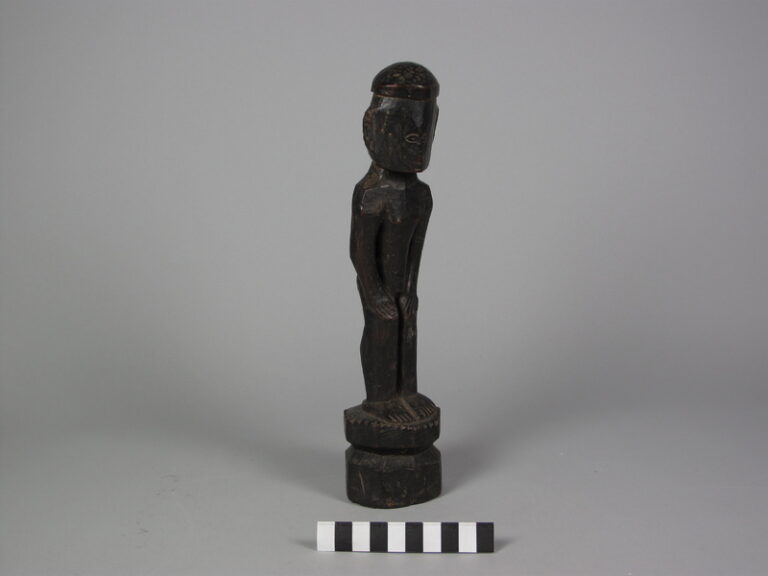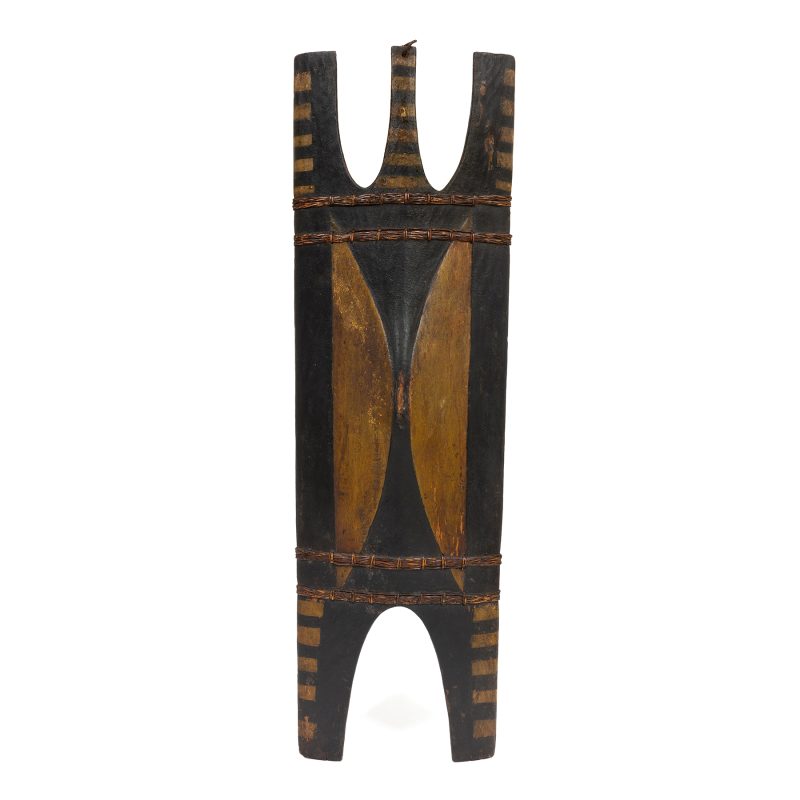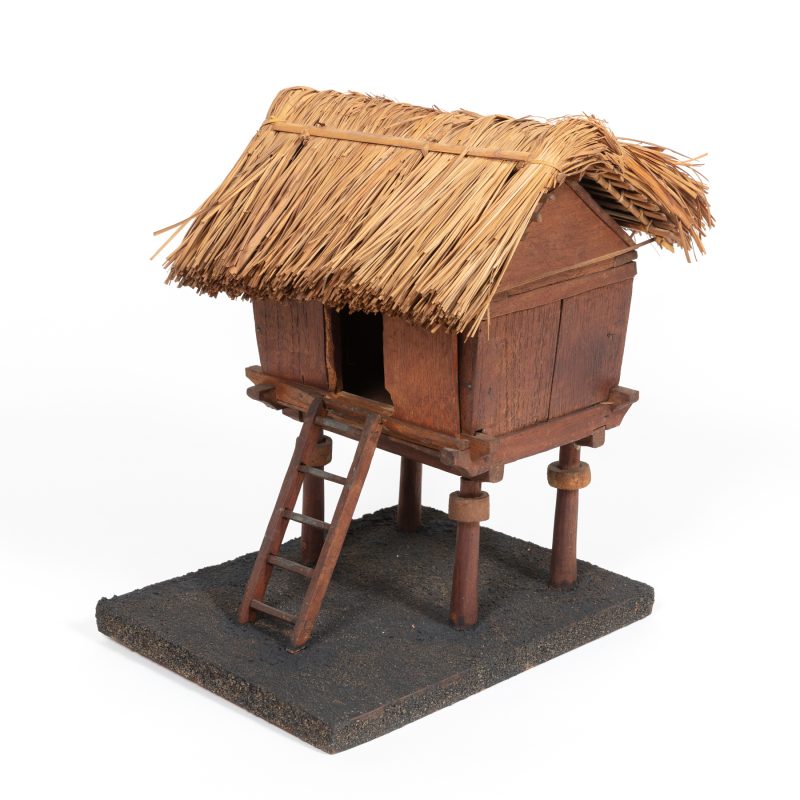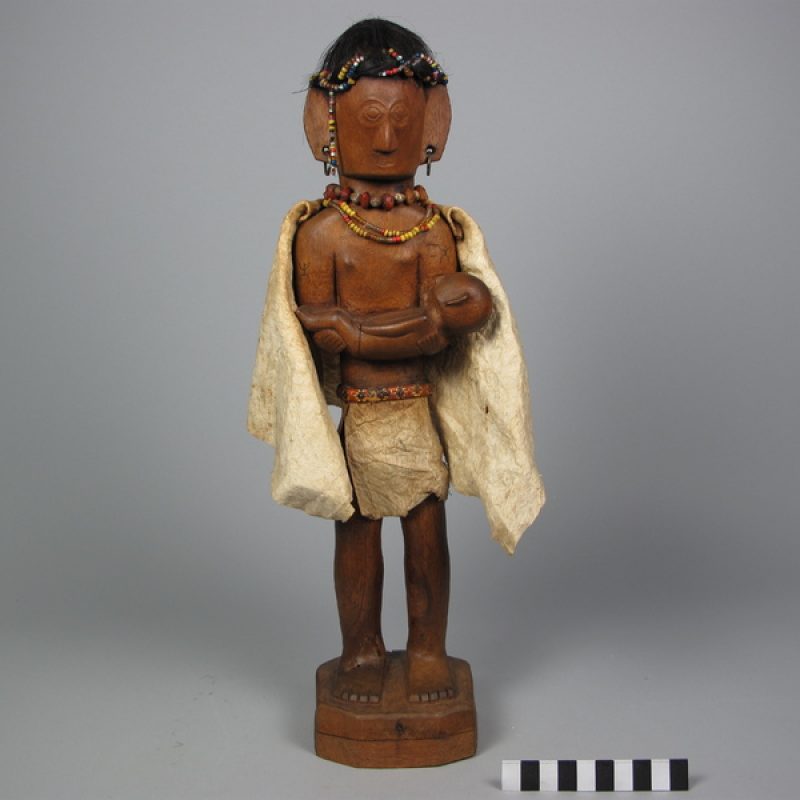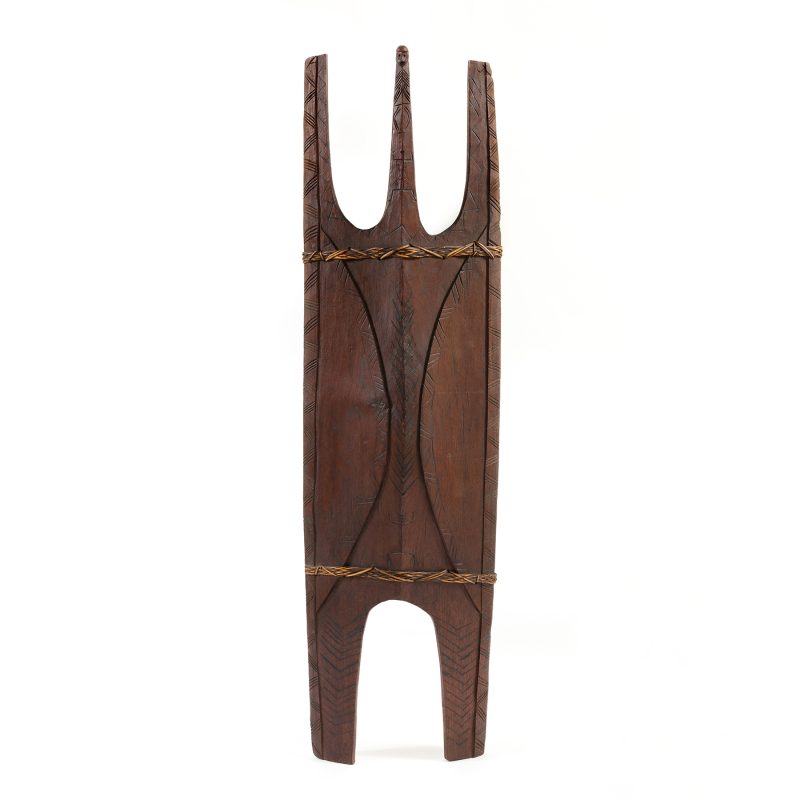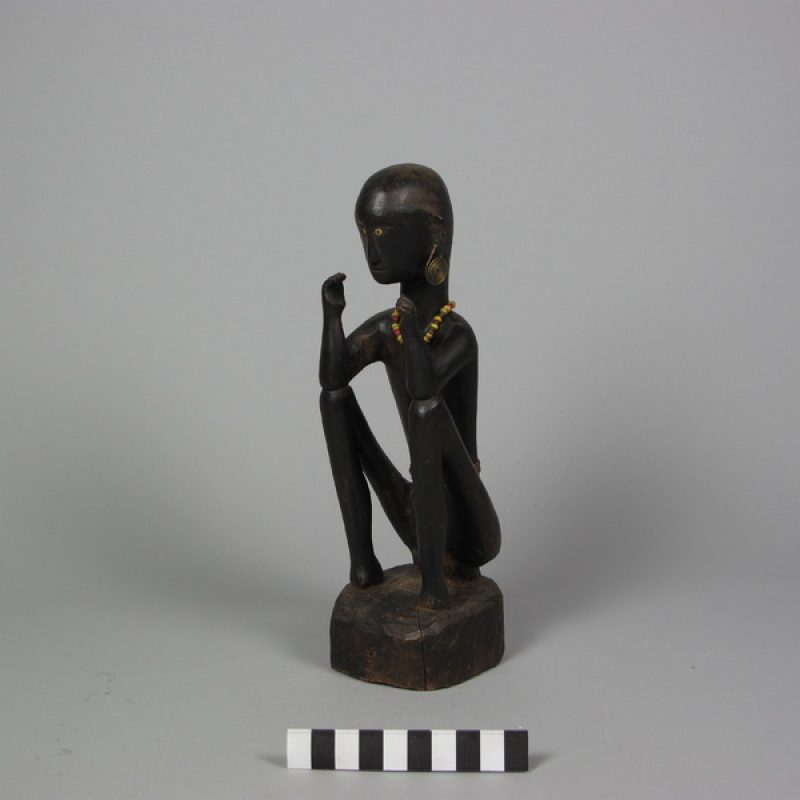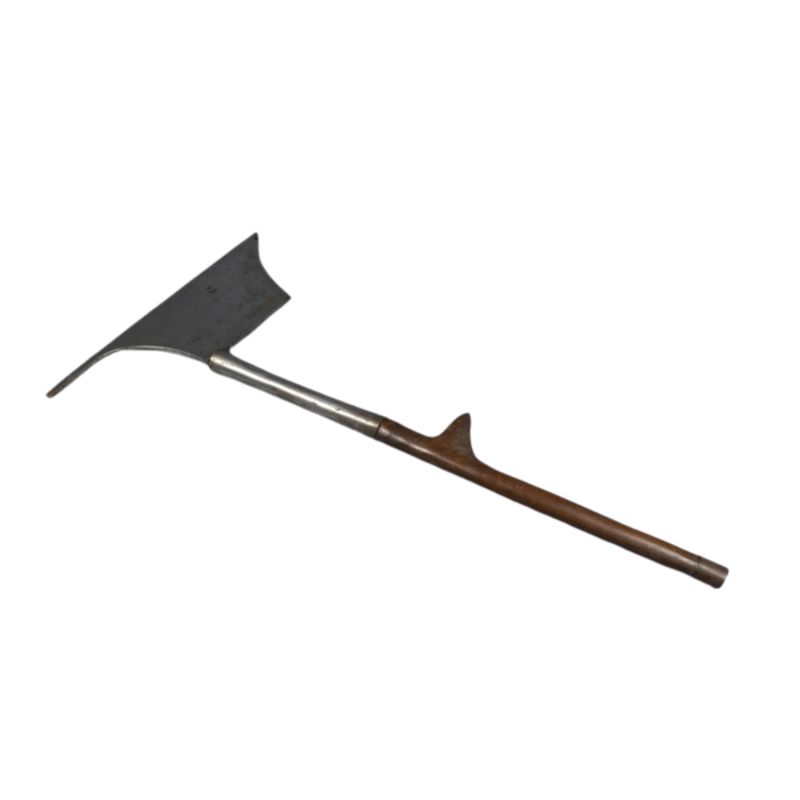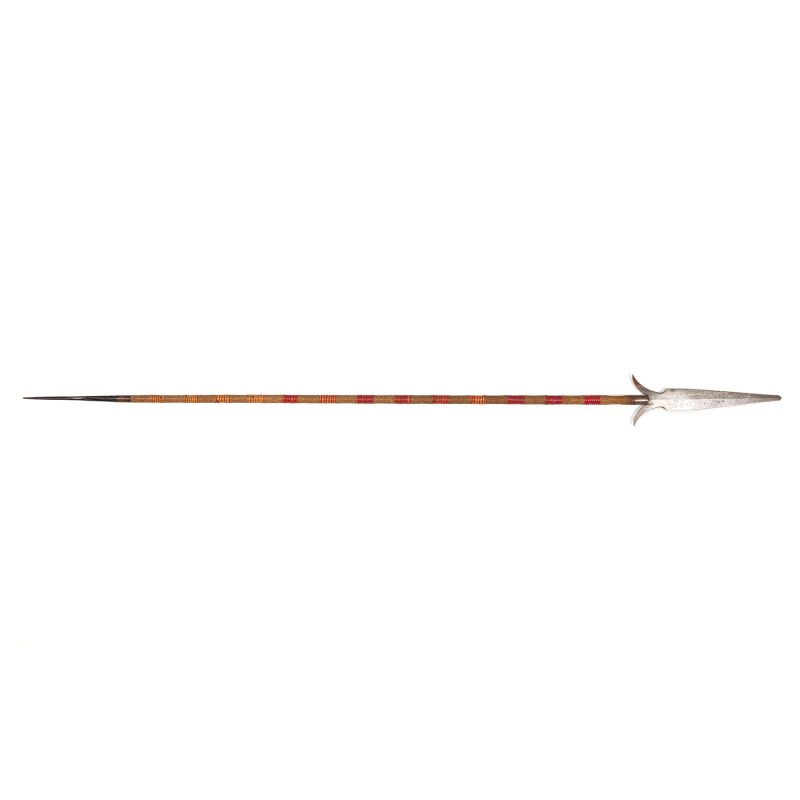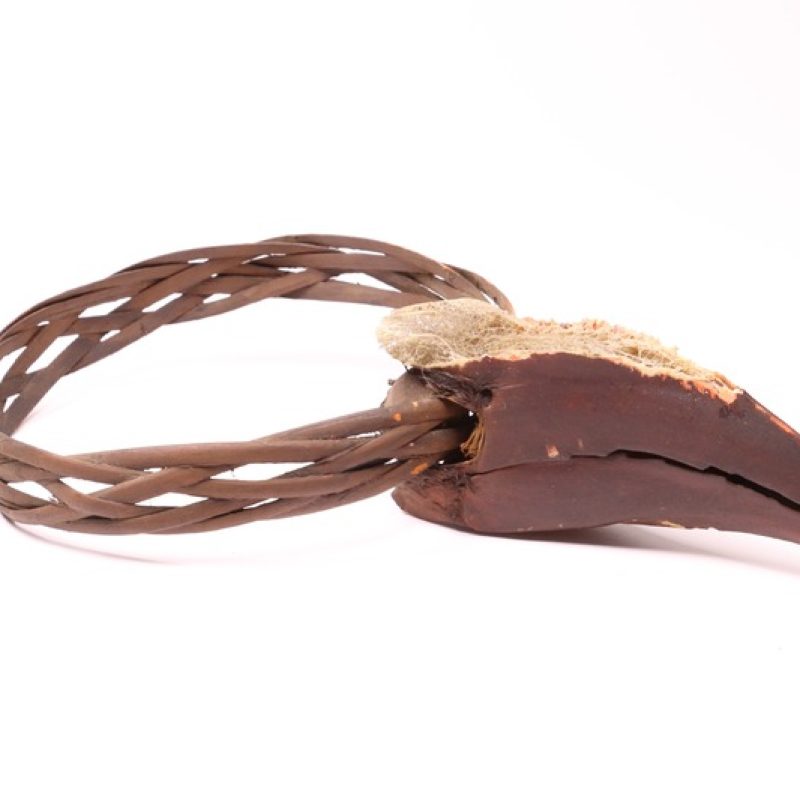Summary of results
Wood carvings from the north of the island of Luzon are usually classified by European museum institutions as anitos. Both in the Museum of Ethnology and World Cultures of Barcelona and in other state museums—the National Museum of Anthropology of Madrid, the Oriental Museum of Valladolid, and the Víctor Balaguer Library Museum of Vilanova i la Geltrú—and European museums—the British Museum of London and the Museum of Ethnography of Stockholm—we can find wood carvings made in the north of the island of Luzon under this same category. According to Albert Ernest Jenks, an American anthropologist who conducted an ethnography among the Bontok in 1902, anito is ‘the general name for the soul of the dead’ (Jenks, 1905: 196). The author notes this presence as an active social force among the Bontok, explaining that all injuries, accidents, illnesses, and deaths were considered to be the direct product of these entities and describing how they were extracted from diseased bodies by specialized persons (Jenks uses the word ‘shaman’). It is fair to say, however, that there is no reference to any figure by this name in the text, and in the whole book there is only one photograph with the caption: ‘Anito head post in a ko’-mis’. Pérez states that the inhabitants of Tutucan, a settlement to the northeast of the then district of Bontoc, ‘are more fond than those of other [rancherías, small rural settlements] of placing rough wooden statues called anitos on the doors of their palay barns and in the fields’ (Pérez, 1902: 220).
Based on purely stylistic observations, MEB 134-286 may be one of the few artefacts in this collection that were not produced for the purpose of the Philippines Exhibition, and one of the few figurines that could be considered comparable to what Jenks or Perez considered anitos. Although it has not been possible to determine the specific time and circumstances in which MEB 134-286 was collected, we can speculate on the possibility that it is a spoil of war. This is given the context of military interventionism practised by the Spanish administration in the territory during the historical period in which the collector, an officer of the Army and the Civil Guard, was stationed there. The object was collected between the time of its arrival on 25 December 1882 and probably the celebration of the Philippines Exhibition in 1887.
Chronological reconstruction of provenance
This wood carving may be the one that appears in the Catalogue of the Philippines Exhibition held in the Retiro Park in Madrid during the summer of 1887, as ‘Igorot Idol’ (Catalogue: 298). After the event, many of the artefacts remained in the Museo Biblioteca de Ultramar until it was closed in 1896. According to the museography of the Museum of Ethnology and World Cultures of Barcelona, the collection in which the artefact is included was exhibited at the 1888 Barcelona Universal Exposition, although there is no evidence of this and it is possibly an error. This museum was installed in the Palacio de la Minería, where these pieces were displayed during the exhibition.
In August 1895, the collection containing the artefact was without doubt already in Barcelona. Specifically, in the neighbourhood of Sant Gervasi, where the collector lived. Between October and November of the same year, a technical commission sent by the Board of Museums of Catalonia examined the collection and, in this occasion, considered that it was not suitable for inclusion in Catalan museums. A year after the loss of the Philippine colony, and perhaps for that reason, it was accepted and finally deposited in the Museo Histórico Arqueológico in 1900.
In 1902, according to the statistical yearbook of the city of Barcelona, the collection was housed in the Museo de Arte Decorativo y Arqueológico, located in the Palacio Real (now the building of the Parliament of Catalonia); in 1903, in the Museo de Objetos Curiosos y Hechos Memorables; and, in 1907, in the Museo de Arte Decorativo y Arqueológico. These last changes were merely nominal, because in practice the artefacts remained in the same place, i.e., in the Ciutadella building.
In 1932, the Museo de Arte Decorativo was dismantled and the collections were transferred to Montjuïc for the creation of the Archaeology Museum of Catalonia (MAC) and the National Art Museum of Catalonia (MNAC). The collection probably ended up in the latter, given the fact that documents relating to it—basically inventories and correspondence—can now be found in the museum’s archives.
In 1949, the Board of Museums transferred the collection to form the Ethnology Museum of Barcelona, where it remains to this day.
Estimation of provenance
It is most likely that this carving is a spoil of war, because this kind of artefact, due to its sacred connotations—in the Durkheimian sense, probably did not enter into the logic of trade or exchange.
Possible alternative classifications
Wood carving, anito.
Complementary sources
Bibliography:
Negociado de Estadística (1902). Anuari estadístic de la ciutat de Barcelona. Barcelona: Ajuntament de Barcelona. <http://hdl.handle.net/11703/94371>.
Negociado de Estadística (1907). Anuari estadístic de la ciutat de Barcelona. Barcelona: Ajuntament de Barcelona. <http://hdl.handle.net/11703/94376>.
Exposición General de las Islas Filipinas (1887). Catálogo de la exposición general de las Islas Filipinas celebrada en Madrid… el 30 de junio de 1887. Signatura: AHM/633416. Madrid: Biblioteca Nacional de España.
Jenks, A. E. (1905). The Bontoc Igorot. Manila: Bureau of Public Printing. <https://www.gutenberg.org/ebooks/3308>.
Pérez, Á. (1902). Igorrotes: Estudio geográfico y etnográfico sobre algunos distritos del norte de Luzón. Imp. de «El Mercantil».

